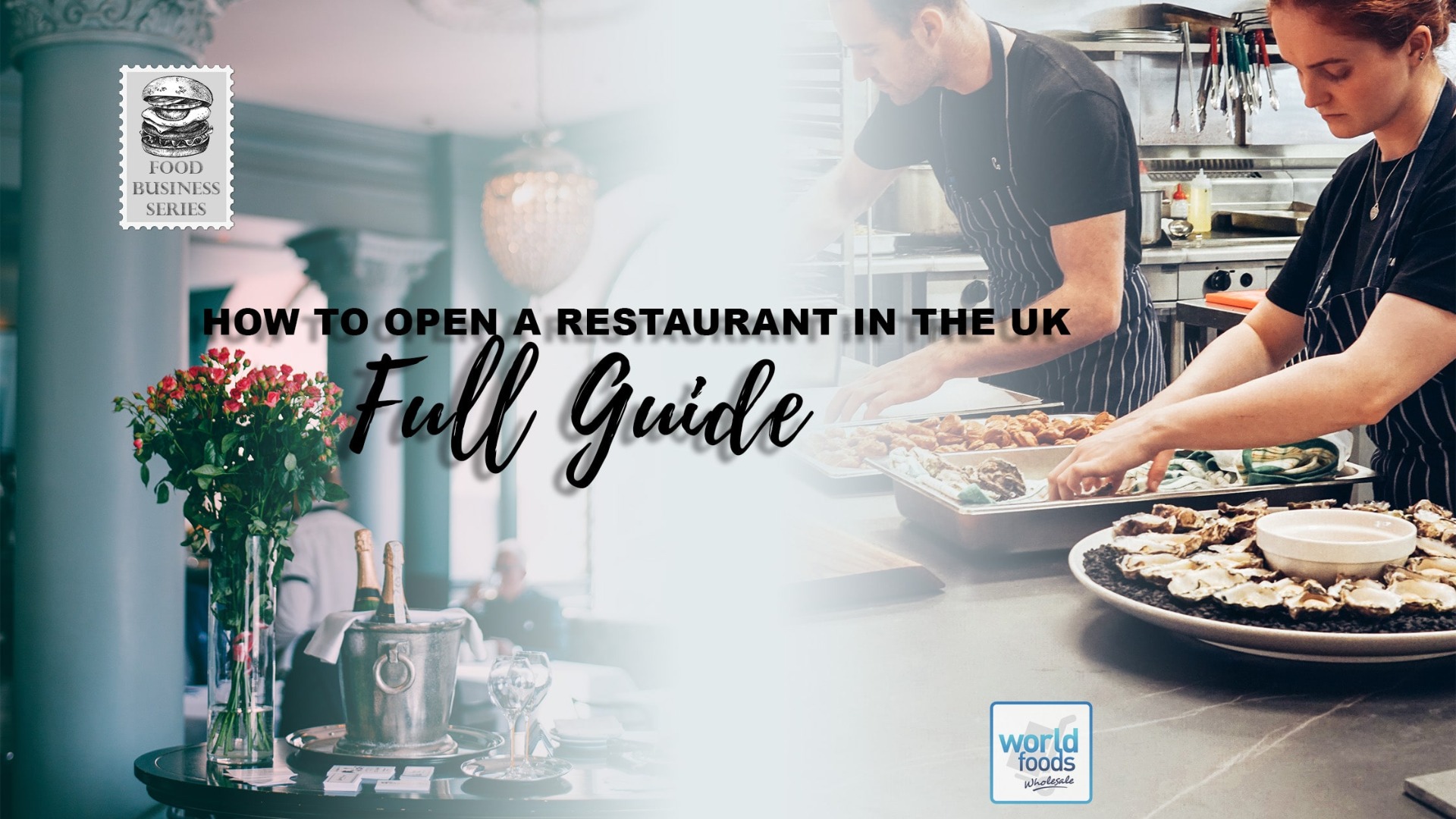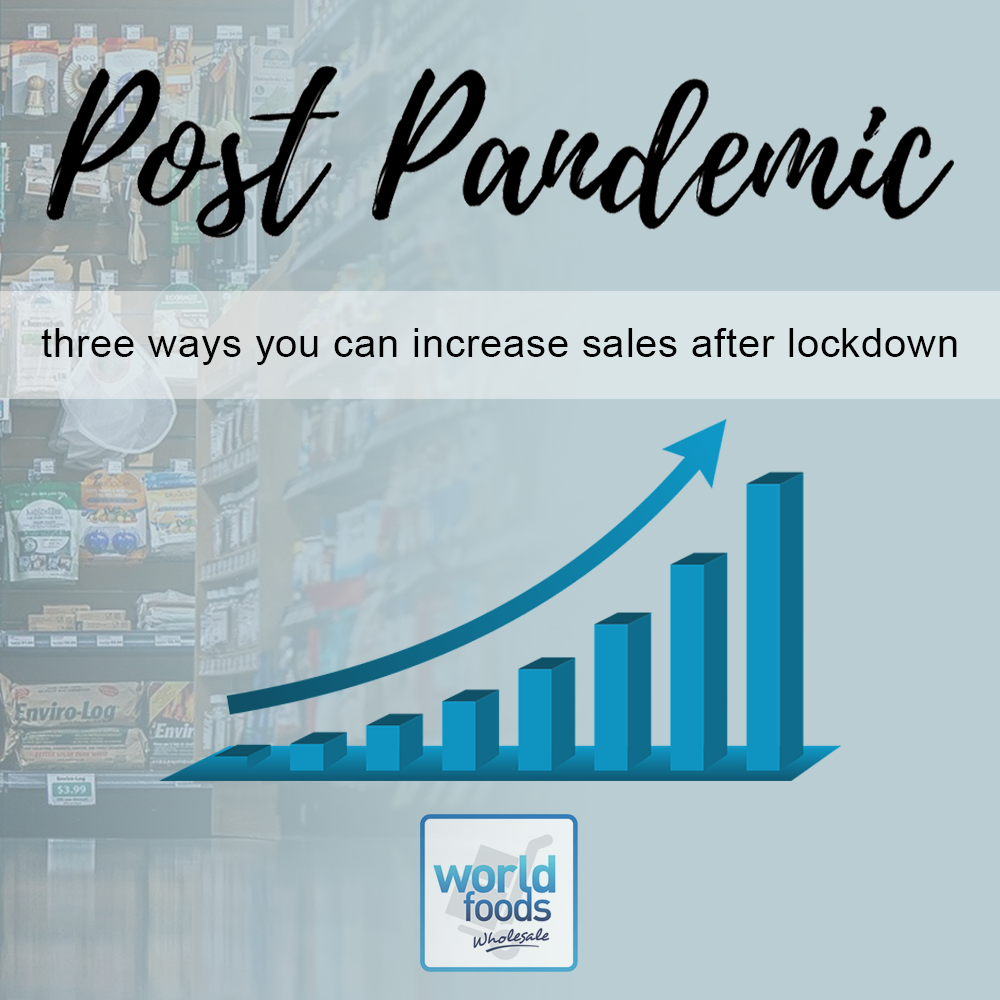How To Open A Restaurant In The UK: Full Guide
Restaurants play a very important part in modern societies. Families, couples, and business deals gather in these establishments every day. There's never been a better time to open up a restaurant. Of course, it isn't as easy as renting a location and starting to serve food. A restaurant is a hard business to run, time-consuming and resource-intensive, with a very high failure rate. But don't let that stop you. Taking the proper steps and creating a plan for your business will put you ahead of many other new entrepreneurs. If you are motivated and ready to take the right steps to become a successful restaurant owner keep reading these tips.
1. Pick the right niche
The new buzzword in the business world appears yet again. But it is a popular word ford for a reason. Choosing a concept for your restaurant is a very important step. Everything from the food you are going to serve, to the aesthetic and theme of the restaurant should be pinned down. It is important to have an idea at first because it helps you paint the picture of your ideal customer. Simplybusiness.uk recommends that you consider the difference between the service clients receive at a casual chain like Nando's and the service clients receive at a Michelin-starred restaurant and decide where your restaurant will line between both of them.
-
2. Market research
This is where having a specific idea comes in handy. This step can identify what is wrong with your idea, and what you could add to it. You have probably not seen every opportunity or encountered every challenge. Your business decisions, including location, menu, and price, should be influenced by your research. Identifying your target market is very important because you don't want to create this amazing dining experience if there is nobody there to enjoy it.
Researching your competition is important. Check what they are doing right and wrong, what their customer base is and what they sell. Your food and experience may be better, but your competition has found success for a reason. In an event that the market is oversaturated with restaurants of your type, you may need to find something else. Likewise, very little competition can indicate an opportunity in the market, as well as no demand. Opening a steakhouse in a majority vegan neighbourhood may not be the best idea.
-
3. Create a plan
Here's where you plan the costs and revenue streams of your company. Everything from the location of the restaurant to the costs of the extra napkins should be outlined in the plan.
Your business plan should include:
- a breakdown of your idea and an overview of the rest of your strategy
- your research, which should include audience research as well as competitive analysis
- the money you'll need
- information about your menu and the prices you'll charge consumers
- a marketing strategy
- overhead costs
- financial forecasts
Suppliers
Choosing the right suppliers is very important. Your ability to keep a stocked pantry, as well as the quality of your food, depends heavily on the quality of your suppliers. At World Foods Wholesale you may find different types of flour, rice, and seasonings that can align with your goals. Reliability is also an important factor, as you may not have the right food available if they are late with their deliveries.
Location
The location of a restaurant is very important. Together with food and staffing, rent is one of your most expensive monthly expenses. Try to think of the location from a customer's point of view. You need to consider local transportation, parking, and nearby competitors. To maximize profits and cover lots of customers, find premises with the right proportion of usable floor space.
Staff
Staff bears a hefty cost in a restaurants budget. Chefs typically make between £20,000 and £35,000 per year, while wait staff earn the above minimum wage. At least one manager, one chef (more if you are open seven days a week) and some waitstaff are needed in a restaurant. You should not spend more than 50% of the budget on staff.
-
4. Set up
Now that you have a plan and a specific idea, this step is where you set your company up. From the branding and decoration of the restaurant to the layout of the kitchen and storage area, all these things are important.
Equipment
Having the right equipment is essential. When you launch your restaurant, one of the biggest expenses will be furnishing it. You will need cookware, tables, refrigerators, freezers, and dishwashers. Try to relate the items in your customers' view to your theme.
Menu
Your menu should be easy to read, with brief, but enticing descriptions of your meals. Organize the menu into sections (e.g., starters, main courses, and desserts), with each one being linked to the theme of the restaurant.
-
5. Insurance and Licences
Starting any business means that you (or your company) are liable to anything that happens to the customer, employees, establishment, etc. Having insurance for your restaurant is key to avoiding any further issues.
Insurance
Make sure you get restaurant insurance that fits your business's needs and includes these coverages.
- public liability insurance – it will protect you if someone is injured on the premises of your business
- employers’ liability insurance – If you have employees, you are usually required to purchase this insurance. The insurance protects you if an employee becomes ill or injured while they are working for you.
- business contents insurance – enables you to continue operating if the things in your business premises are lost, stolen, or damaged
- business buildings insurance – protects you in the event that your premises are damaged or destroyed; however, you might want to check with your landlord to find out if they already have this type of coverage
Licenses and legalities
There are other regulations that you need to follow in order to officially start your business. Before opening your food business, you must register it with your local authority at least 28 days in advance. Having a Food Hygiene Certificate is a legal requirement and provides your customers with information about your hygiene standards. Ideally, all businesses should be able to achieve the highest rating of five.
Building your own premises or altering existing ones may require a building permit and planning approval. You may also need licenses and permits for things like selling alcohol and playing music.
-
6. Launch
It is time to open yourself to the public. After long efforts to get everything right, this is finally the day. A few little things must be done before the launch.
Website
Have a website ready, with accurate menu descriptions and the ability to book a table or pay for the meal online. Many people love to check menus online before going to certain restaurants
Social Media
Pre-launch buzz is important to have a successful launch. There isn’t a better place to create that buzz than on social media. Try to grow your following and engage with your audience. You may also want to partner up with local influencers to create even more buzz around the city.
Loyalty and social proof
After the launch, it is important to gather reviews and try to incentivise your new customers to come back. With more people turning to Google to find restaurants, customer reviews are becoming increasingly important. Give them a one-time discount for posting a review on Google or Trustpilot, and you can also offer promotions like loyalty cards to incentivise them to come back.
-
Now you have all the tools to get your new restaurant up and going. Remember to engage in thorough research at every point of the way.
---
For wholesale products and services, get in touch with us!
Phone: 01908 366633
Email: [email protected]
Instagram: www.instagram.com/worldfoodswholesale/
Facebook: www.facebook.com/worldfoodswholesale/








Comments
Leave A Reply
Your email address will not be published.